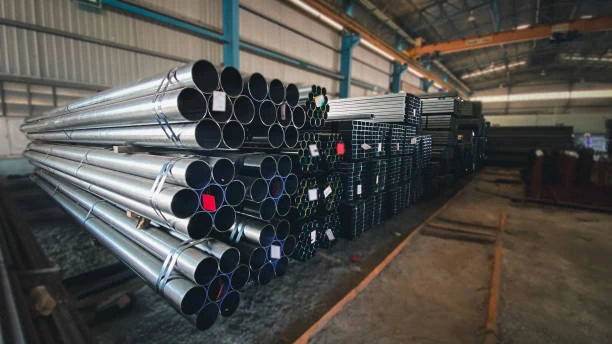316 Pipe
Stainless Steel 316 Pipe: Superior Welding & Forming Performance
316 stainless steel pipe is a type of austenitic stainless steel pipe known for its excellent corrosion resistance, particularly in harsh environments.
It is readily brake or roll formed into a variety of parts for applications in the industrial, architectural, and transportation fields.

Main Alloying Elements
Chromium (Cr)
~16-18%
(Provides corrosion resistance)
Nickel (Ni)
~10-14%
(Enhances ductility & toughness)
Molybdenum (Mo)
2-3%
(key for resisting chlorides & acidic environments)
Carbon (C)
Low
(Typically ≤0.08%, improves weldability)
Manganese (Mn)
≤2%
Aids in hot workability.
Silicon (Si)
1%
Enhances strength and oxidation resistance.
Phosphorus (P)
≤0.045%
Trace elements (improve machinability).
Sulfur (S)
≤0.045%
Trace elements (improve machinability).
Advantages
- Superior corrosion resistance.
- Good high-temperature strength (up to ~870°C / 1600°F intermittently).
- Excellent formability and weldability.
Standards & Certifications
ASTM A312
(Seamless/welded pipes for high-temp service).
ASTM A269
(Stainless tubing for general corrosion resistance).
ASME SA312/SA269
(Pressure vessel applications).
Common Applications
- Marine environments (shipbuilding, offshore platforms).
- Chemical & pharmaceutical processing (acid-resistant pipes).
- Food & beverage industry (sanitary tubing).
- Medical devices & surgical instruments.
- Architectural applications in coastal areas.
Types of 316 Stainless Steel Pipes
- Seamless Pipes: Higher pressure resistance, used in critical applications.
- Welded Pipes: More economical, suitable for low/medium-pressure systems.
- Schedule Variants: Sch 10, 40, 80, 160 (thickness varies for pressure requirements).
